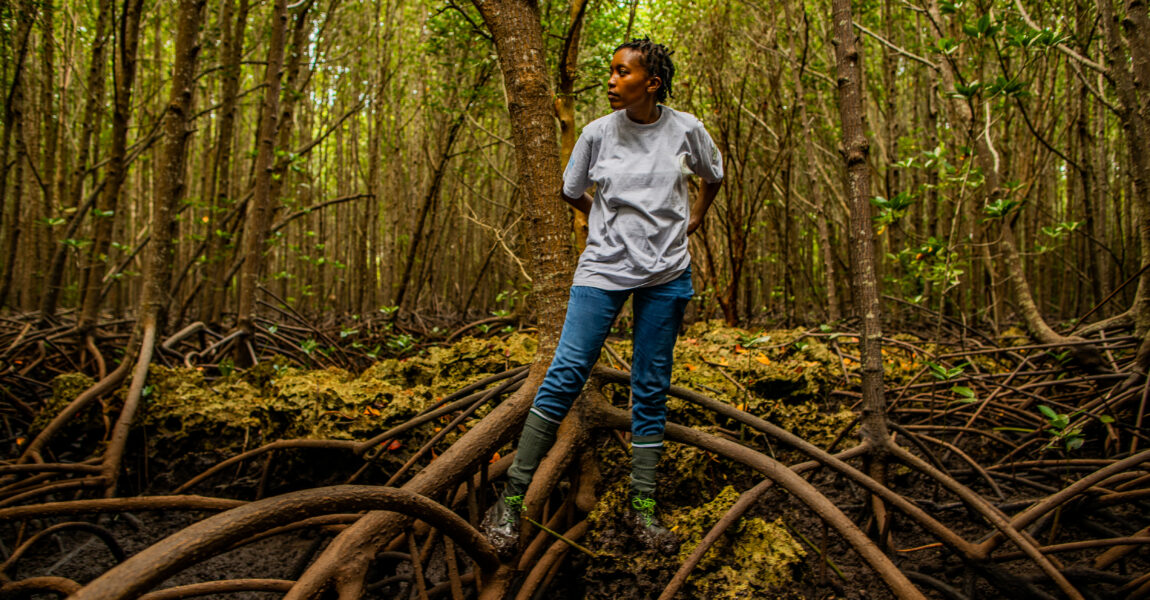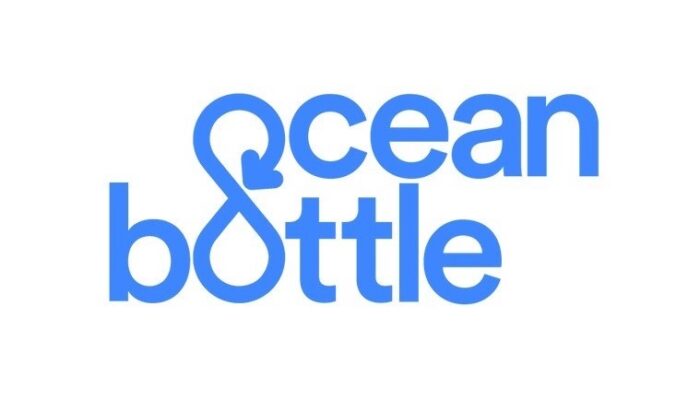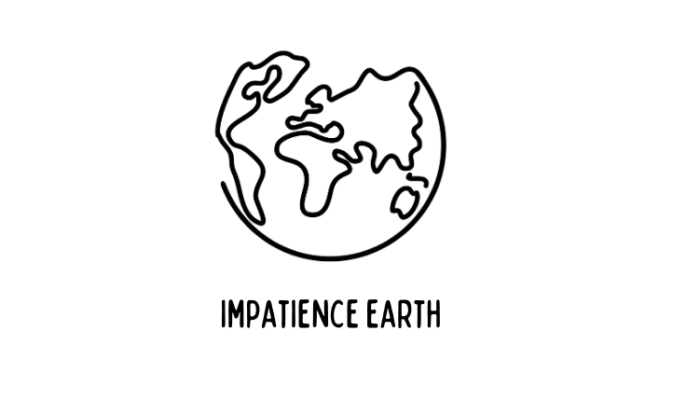
‘The concept of global warming was created by and for the Chinese’. Those few words, scrawled in the areal graffiti of a thoughtless tweet, should be as light and transient as a dirty snowflake. When they issue from the most powerful man in the world, they feel more like a gale of filth. How is it possible for climate change activists, for scientists, and even for those simply concerned about the distinction between facts and self-serving fantasy, to remain hopeful in the face of such wilful rejection of the evidence?
A blithe, all-will-be-well, make-the-best-of-it optimism is not an appropriate response. That is just one more species of denial, and it is why I prefer the idea of conservation hope to conservation optimism. We need to acknowledge the scale of our challenges and the inevitability of our losses. This is the sobering message of the Anthropocene, the age of human impact; humanity has changed the Earth for millennia to come, and many of those changes are deeply sad and ugly. So just adjusting the emotional thermostat a little, like taking some happy pills, smacks of evasion. But hope, clear-eyed and well informed, can save us from cynicism and despair and point the way to the future.
So what does hope look like? How about some of the poorest people in the world donating their time and energy to conserve wildlife? Or people from nearly fifty different nations coming together to plant trees in the mud? Or national, regional and local politicians working together to nurture a community-based, locally-rooted response to the challenges that climate change brings? These are all experiences we have had with Mikoko Pamoja – ‘mangroves united’ in Swahili.
Mangroves are remarkable ecosystems. Forests that grow in the sea, they straddle the land and the oceans, mix crabs with caterpillars and tides with transpiration. They are perplexing, beautiful and useful; and they are threatened. One of their features, that we have only begun to appreciate in the past two decades, is their remarkable ability to capture and store carbon, and to elevate their soil in pace with sea level rise. This means they can help to both mitigate against and adapt to climate change, and it provides one way to work for their conservation.
The science is clear; mangroves capture carbon and losing them releases it. The economics are clear; conserving mangroves is nearly always a better investment than cutting them down, once you account for the multiple services that they provide. The policy response has been as muddy as mangrove water; because mangroves confound our usual categories – are they terrestrial or marine? Habitats for fish or sources of timber? – they fall between sectors and fall prey to muddled management as well as corruption and short term profit making. This has meant that we have lost more than 50% since the 1950s, and forest destruction continues today.
Mikoko Pamoja is the world’s first community-based mangrove conservation project to be funded by the sale of carbon credits. It was founded to help challenge and reverse these depressing trends. It acknowledges the need for poor people to benefit from their ecosystems, by turning the enormous global benefits that we all receive from the ability of these forests to trap carbon into collective progress for the people who need to care for them. Democratic decisions on how to spend their money have resulted in the community investing in new school buildings, new text books, new wells and sources of fresh drinking water.
Carbon offsetting – even when it directly benefits the poor and helps to conserve vital ecosystems – cannot solve climate change. Only large scale change can do that. But it provides one way to bring hope and start the process of conserving our vital natural carbon sinks. It also uses that hard won scientific knowledge – so casually traduced by the new US president – to link people together rather than separate them. The people of Gazi Bay in Kenya are learning how to work with others from around the world to conserve their mangroves, and they are keen to help other communities learn from them. Why not join them?


